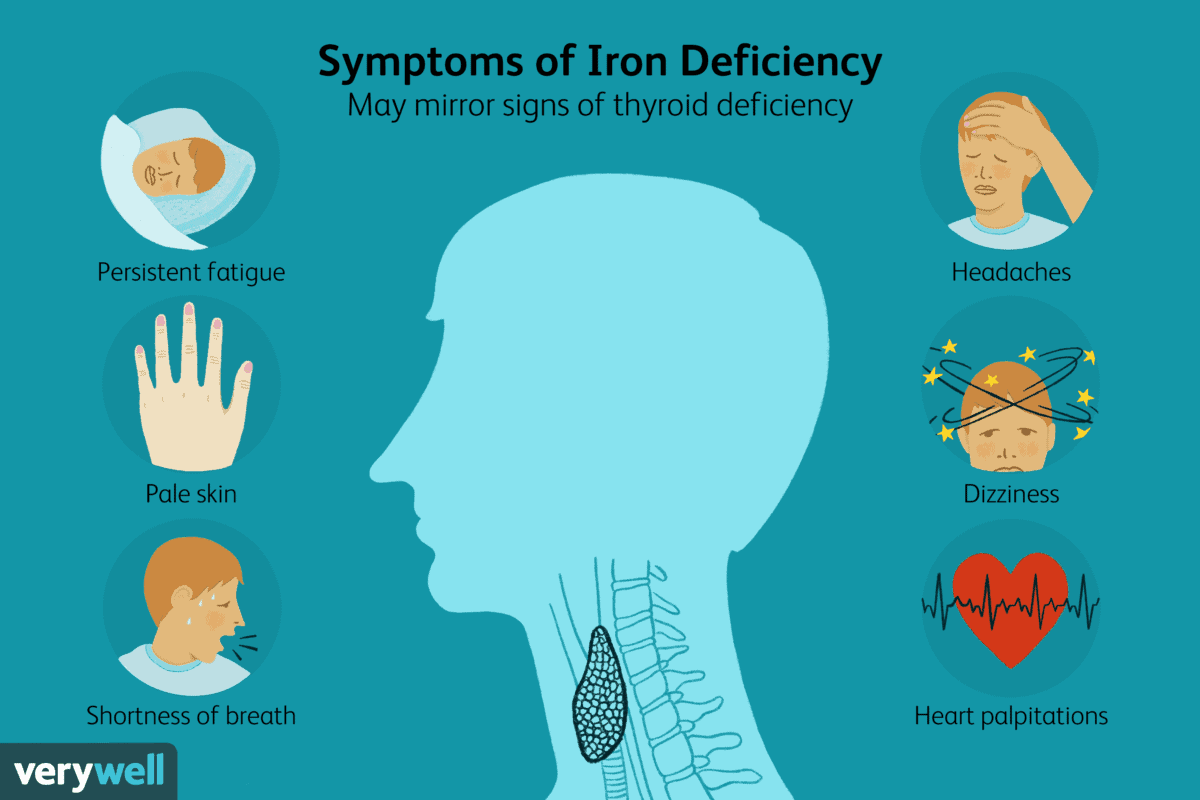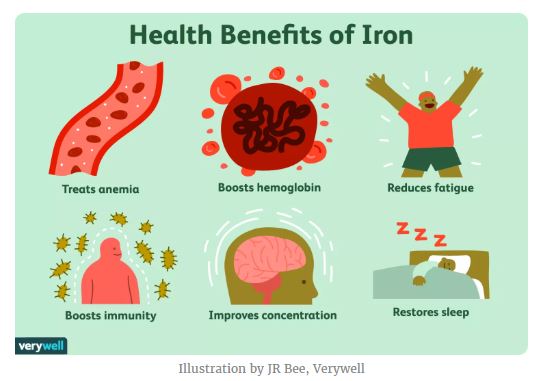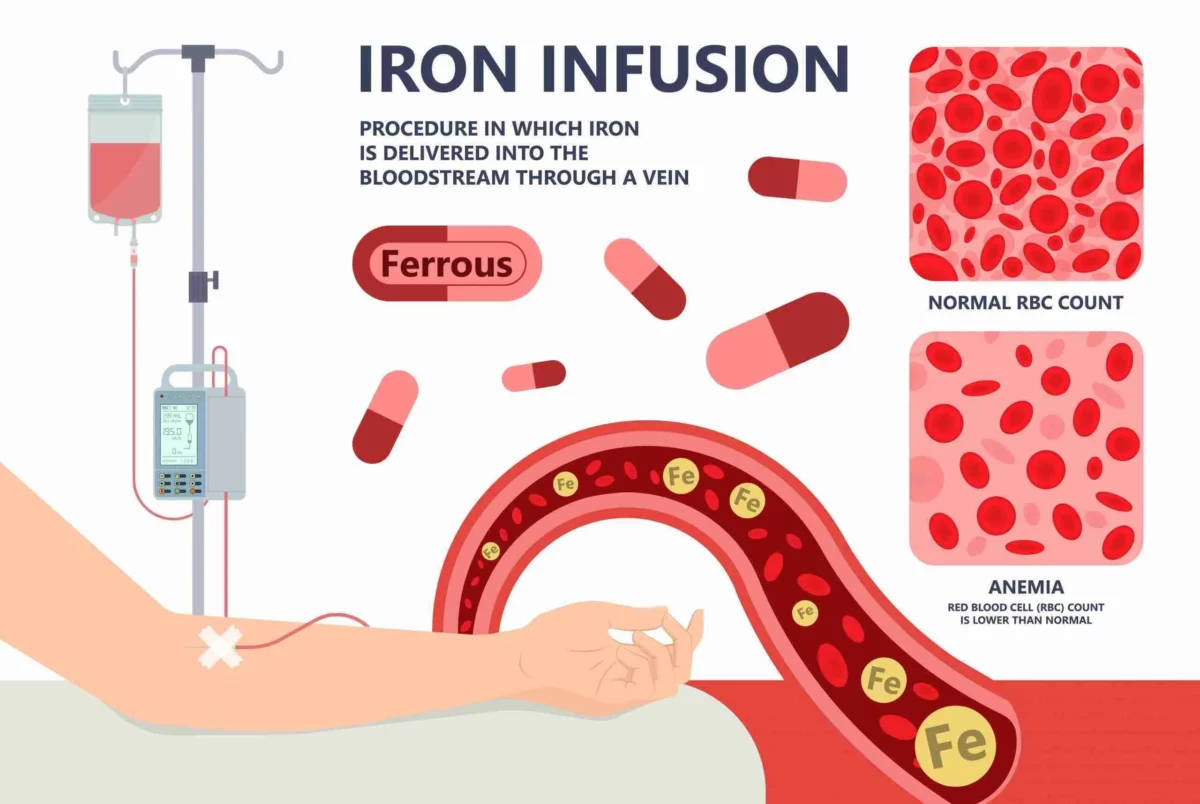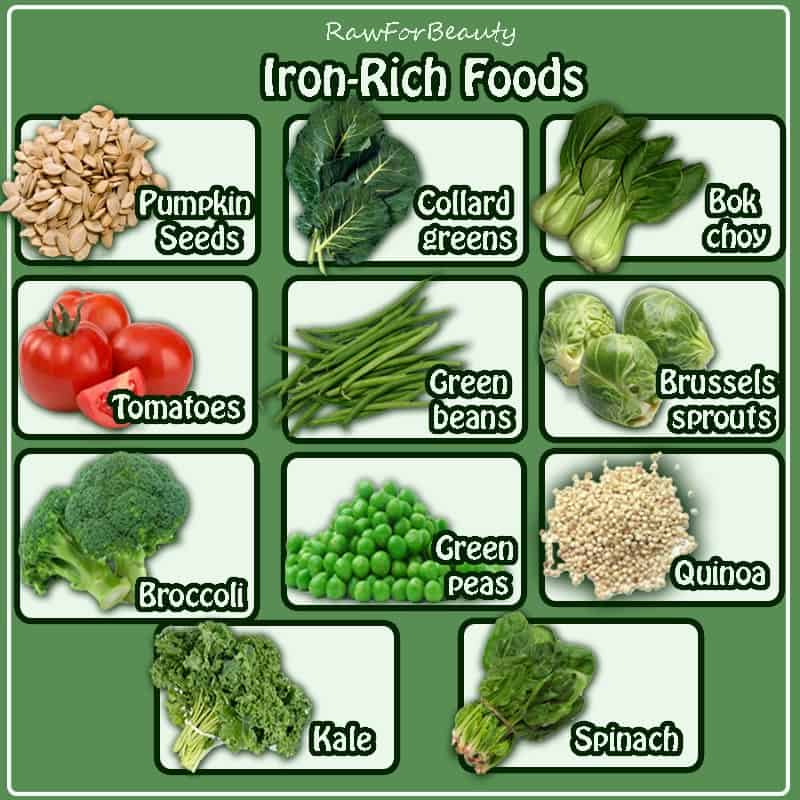Iron deficiency is a widespread health concern that can significantly impact energy levels, cognitive function, and overall well-being. While dietary changes and oral supplements are common treatments, some individuals may require iron infusions to effectively restore their iron levels. This comprehensive guide delves into the symptoms, causes, and treatment options for iron deficiency, with a focus on the role of iron infusions in replenishing iron stores and revitalizing energy levels.
🩸 Understanding Iron Deficiency
Iron is a vital mineral essential for producing hemoglobin, the protein in red blood cells responsible for transporting oxygen throughout the body. When iron levels are insufficient, the body cannot produce enough healthy red blood cells, leading to iron deficiency anemia.

Common Symptoms
Iron deficiency can manifest through various symptoms, including:
- Persistent fatigue and weakness
- Pale or sallow skin
- Shortness of breath
- Dizziness or lightheadedness
- Cold hands and feet
- Brittle nails
- Headaches
- Unusual cravings for non-nutritive substances (pica), such as ice or dirt
These symptoms can significantly affect daily activities and quality of life. (Iron deficiency – symptoms, causes, treatment & prevention)
Causes of Iron Deficiency
Several factors can contribute to iron deficiency: (Low Iron? Try Combining It With This Vitamin)
- Inadequate dietary intake: Not consuming enough iron-rich foods
- Increased iron needs: Pregnancy, growth spurts, or endurance training
- Blood loss: Heavy menstrual periods, gastrointestinal bleeding, or surgery
- Poor absorption: Conditions like celiac disease or after gastric bypass surgery (Intravenous (IV) iron for severe iron deficiency – Therapeutics Letter, Iron-deficiency anemia)
💉 Iron Infusions: A Closer Look
Iron infusions involve delivering iron directly into the bloodstream via an intravenous (IV) line. This method is particularly beneficial for individuals who: (Iron Infusion: Uses, Benefits, and Side Effects – WebMD)
- Cannot tolerate oral iron supplements due to gastrointestinal side effects
- Have conditions that impair iron absorption
- Require rapid replenishment of iron stores (Intravenous (IV) iron for severe iron deficiency – Therapeutics Letter, Iron deficiency symptoms and foods rich in iron FeminineX, The Life-Changing Benefits Of Iron Infusions For Anemia)

Benefits of Iron Infusions
- Rapid Replenishment: Direct delivery allows for quicker restoration of iron levels compared to oral supplements.
- Improved Tolerance: Bypassing the digestive system reduces gastrointestinal side effects.
- Enhanced Absorption: Ensures that iron is readily available for red blood cell production. (Iron Infusion: How Long It Takes & What Else to Expect, The Life-Changing Benefits Of Iron Infusions For Anemia)

What to Expect During an Iron Infusion
The procedure typically involves: (Iron Infusion: Uses, Benefits, and Side Effects – WebMD)
- Preparation: A healthcare provider will insert an IV line into a vein, usually in the arm.
- Infusion: Iron is administered over a period ranging from 15 minutes to several hours, depending on the specific formulation and dosage.
- Monitoring: Vital signs are monitored during and after the infusion to detect any adverse reactions.
Most individuals can resume normal activities shortly after the procedure.
🍽️ Supporting Iron Levels Through Diet
In addition to medical treatments, consuming iron-rich foods can help maintain adequate iron levels. There are two types of dietary iron:
- Heme Iron: Found in animal products and more readily absorbed.
- Non-Heme Iron: Found in plant-based foods and requires vitamin C for optimal absorption. (Low Iron? Try Combining It With This Vitamin)
Iron-Rich Foods
- Animal Sources: Red meat, poultry, fish, and organ meats like liver
- Plant Sources: Legumes (lentils, beans), tofu, spinach, fortified cereals, nuts, and seeds (Low Iron? Try Combining It With This Vitamin)
Incorporating vitamin C-rich foods, such as citrus fruits, tomatoes, and bell peppers, can enhance the absorption of non-heme iron.

Top Picks to Supplement Iron
- Feosol Original Iron Supplement Tablets: A high-potency ferrous sulfate supplement providing 65 mg of elemental iron per tablet.
- Slow Fe Slow Release Iron Supplement: Designed for gentle absorption, reducing gastrointestinal side effects.
- Blood Builder™ Iron Supplement: Clinically shown to increase iron levels without causing nausea or constipation. (The Life-Changing Benefits Of Iron Infusions For Anemia)
- Beef Liver Capsules: A nutrient-dense source of heme iron, vitamin A, and B12.
- Red Lentils (18 lb): A bulk option rich in non-heme iron and protein.
- Acadia Hybrid Spinach Seeds: Grow your own iron-rich leafy greens at home.
- Venofer Iron Infusion Therapy: An intravenous treatment for rapid iron replenishment at NeuMed.
🧠 Final Thoughts
Iron deficiency can significantly impact your energy levels and overall health. Recognizing the symptoms and understanding the available treatment options, including iron infusions, is crucial for effective management. Combining medical treatments with dietary adjustments can help restore iron levels and improve quality of life. Always consult with a healthcare provider to determine the most appropriate approach for your individual needs.









